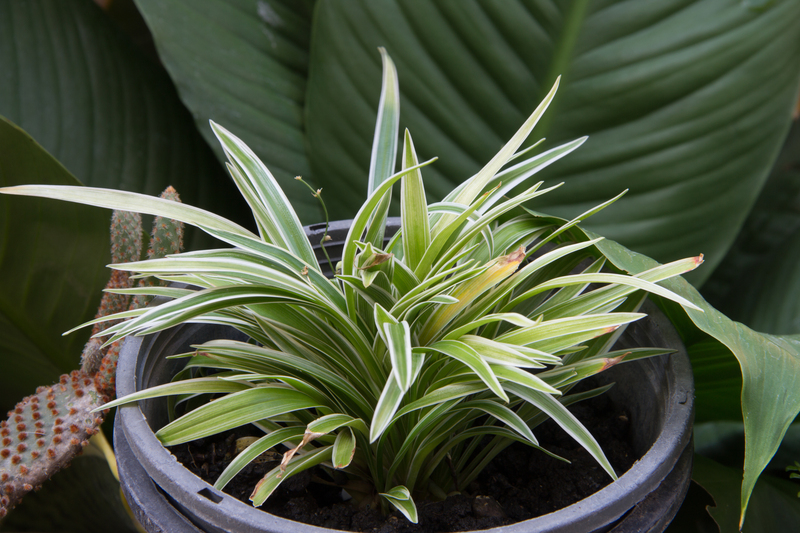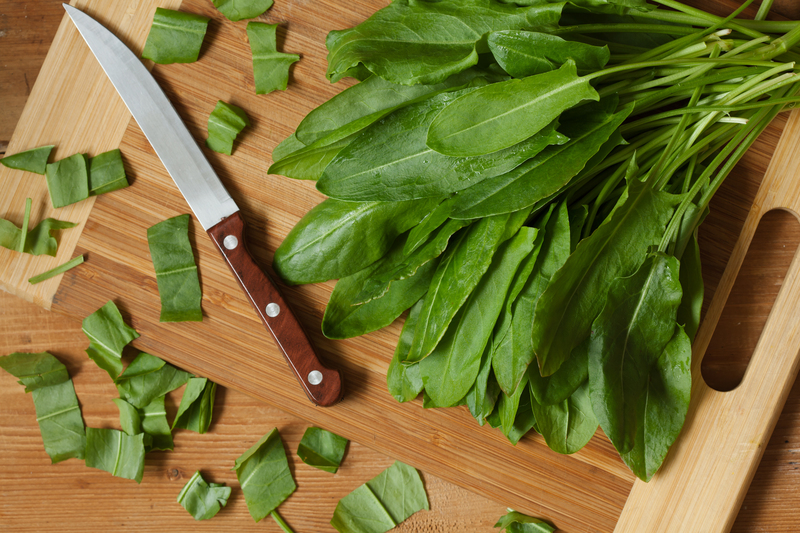Best Shade-Ready Plants
Posted on 15/09/2025
Gardening enthusiasts often face the challenge of finding suitable plants for shaded areas. Whether you have a garden that receives little sunlight or a few dark corners that need some greenery, there are plenty of shade-ready plants that thrive and add beauty to your space. In this article, we'll explore some of the best shade-loving plants, discuss their pros and cons, provide some essential growing tips, and offer key takeaways and conclusions.
1. Hostas
Hostas are among the most popular shade-loving plants. They are well-known for their lush foliage, which can be variegated, blue, green, or a mixture of colors. Hostas are hardy and easy to grow, making them a favorite for gardeners with shady spots.
Pros
- Minimal maintenance
- Variety of sizes and colors
- Disease-resistant
Cons
- Susceptible to slug damage
- Can become invasive in ideal conditions

2. Ferns
Ferns are an excellent choice for shaded gardens due to their delicate and lacy fronds. There are many fern varieties, including the Lady Fern, Maidenhair Fern, and Japanese Painted Fern.
Pros
- Versatile and adaptable
- Low water requirements
- Provides texture and contrast
Cons
- May require regular pruning
- Some varieties can be sensitive to overwatering
3. Astilbes
Astilbes are known for their feathery plumes of flowers that add color and vibrancy to shaded areas. They bloom in various shades, including white, pink, purple, and red.
Pros
- Attractive foliage and flowers
- Deer-resistant
- Suitable for moist, shady areas
Cons
- Requires consistent moisture
- Can be prone to root rot in poor drainage
4. Heucheras (Coral Bells)
Heucheras, also known as Coral Bells, are prized for their striking foliage that comes in colors ranging from purple and bronze to lime green. They also produce delicate flowers on tall spikes.
Pros
- Attractive and varied foliage
- Winter hardy
- Great for ground cover
Cons
- May require more frequent watering
- Can be susceptible to pests
5. Tiarella (Foam Flower)
Tiarellas, commonly known as Foam Flowers, are known for their beautiful foliage and spiky flower clusters that appear in late spring and early summer. They are perfect for adding a touch of elegance to shaded areas.
Pros
- Beautiful and delicate flowers
- Low maintenance
- Attracts pollinators
Cons
- May need protection from strong winds
- Can spread rapidly under ideal conditions
Tips for Growing Shade-Ready Plants
- Soil Quality: Ensure the soil is rich in organic matter. Adding compost can improve soil health.
- Watering: Shade plants often require less water, but it's important to keep the soil consistently moist.
- Mulching: Use mulch to retain moisture and protect the roots from temperature fluctuations.
- Spacing: Provide adequate space for air circulation to prevent fungal issues.
- Fertilizing: Use a balanced fertilizer in the early spring to promote healthy growth.

Takeaways
- Shade-ready plants can thrive and beautify dark areas of your garden.
- Each plant has unique pros and cons, so choose based on your specific garden needs.
- Proper care and maintenance can greatly enhance the growth and health of these plants.
Conclusion
Gardening in shaded areas doesn't have to be a challenge. With the right selection of shade-ready plants like Hostas, Ferns, Astilbes, Heucheras, and Tiarellas, you can create a lush and vibrant garden even in low-light conditions. By understanding their specific needs and following essential growing tips, you can ensure these plants flourish and bring life to every corner of your garden.
Pros and Cons Summary
- Pros: Low maintenance, variety of colors and textures, deer-resistant options.
- Cons: Potential for pest and disease issues, some varieties need specific care.
By incorporating these beautiful shade-loving plants into your garden, you can enjoy a diverse and thriving landscape no matter how much or how little sunlight your garden receives. Happy gardening!




